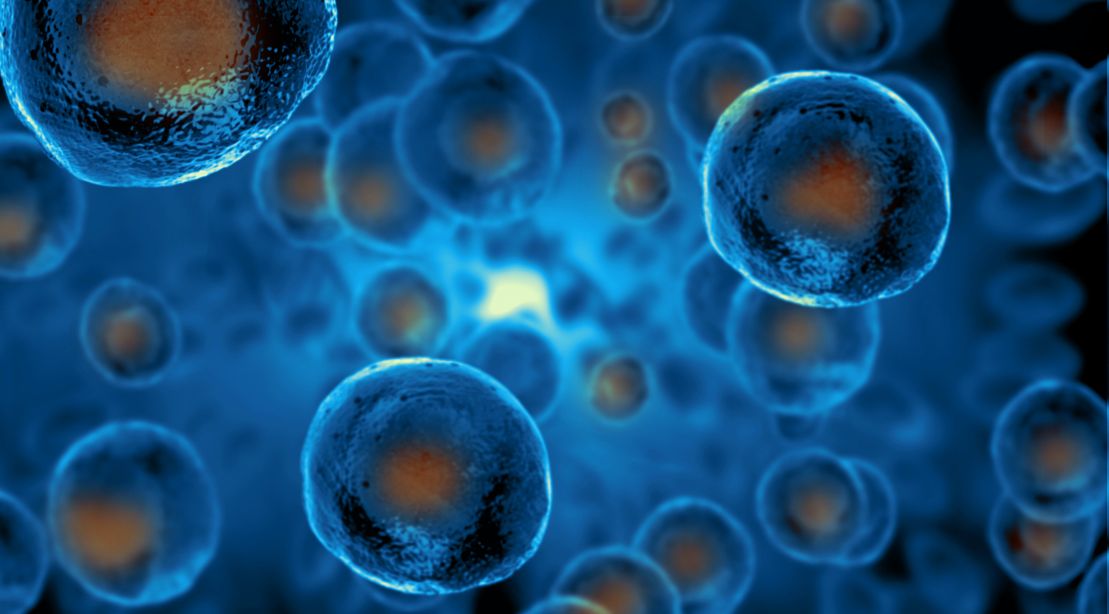What if aging was optional? With advances in regenerative medicine, it could be! By using your own cells to restore and repair damaged tissues, you can slow the aging process and maintain your youthful appearance and health. Imagine a world where you could choose to age gracefully or stay young forever. The possibilities are just a syringe away!
Think of how a starfish can regenerate a limb or how an amphibian salamander can do the same. These creatures are much lower on the evolutionary ladder than humans, but they have this built-in ability. Certainly there is further potential for this in the human body.
Shutterstock
And we see that. Regenerative medicine is not just future medicine or future medicine. We're seeing advances in all sorts of cell technologies, immunotherapies, gene therapies, and stem cell therapies. And many of these treatments are available today.
This interdisciplinary field of science focuses on using stem cells, gene therapy, and other advanced techniques to repair, replace, or regenerate damaged or diseased cells, tissues, and organs. Regenerative medicine is revolutionizing the way we think about aging and health, and bringing new hope to those suffering from age-related diseases and conditions. This revolutionary field of medicine has the potential to treat a wide range of conditions, from heart disease and cancer to spinal cord injuries and Alzheimer's disease. It helps athletes return to their sport without the side effects of drugs, and it brings weekend warriors back to normal using natural cell-based therapies.
Stem cells have shown great promise. What was once controversial due to the use of embryonic stem cells is now widely accepted through the use of non-embyonic adult somatic cells. Almost every adult tissue in the adult body has a source of stem cells. They are obtained from a variety of sources, including the patient's own adipose tissue, bone marrow, and even hair follicles. But other ethical neonatal sources are readily available from umbilical cord blood, placental tissue and other sources, safely using tissue that would otherwise be discarded to pave the way for scientific advance.
 Shutterstock
Shutterstock
The regenerative medicine revolution is also enabling the use of gene therapy to treat a variety of diseases. In gene therapy, new genes are introduced into cells to replace defective ones. This can be used to treat genetic diseases like cystic fibrosis and to help the body fight off cancer and other diseases. Very soon, some of our most tragic diagnoses will be just a DNA splice away from a full cure.
Scientists are also developing new organs and tissues through bioprinting and tissue engineering. Tissue engineering involves combining cells, scaffolds, and other materials to create replicated models of these biologically active tissues. The result is the construction of new hearts, livers, and other organs, as well as the ability to repair damaged organs.
Perhaps the most studied and applied type of regenerative technology is the use of platelet rich plasma to heal joints, tendons and ligaments. Platelet-rich plasma is made by taking a portion of blood from a patient and centrifuging the blood to separate the red blood cells from the platelets, which can then be concentrated. The concentrated platelets can then become activated, causing them to release powerful growth factors into the environment. Clinical studies have shown that PRP injections are of great benefit to areas in need of repair such as elbow, wrist, shoulder, hip or hamstring tendons and joints. And when you feel improvement from regenerative treatment, you can rest assured that the improvement is from repair, unlike steroids and other pain relievers that are only there to reduce swelling and chronic pain.

